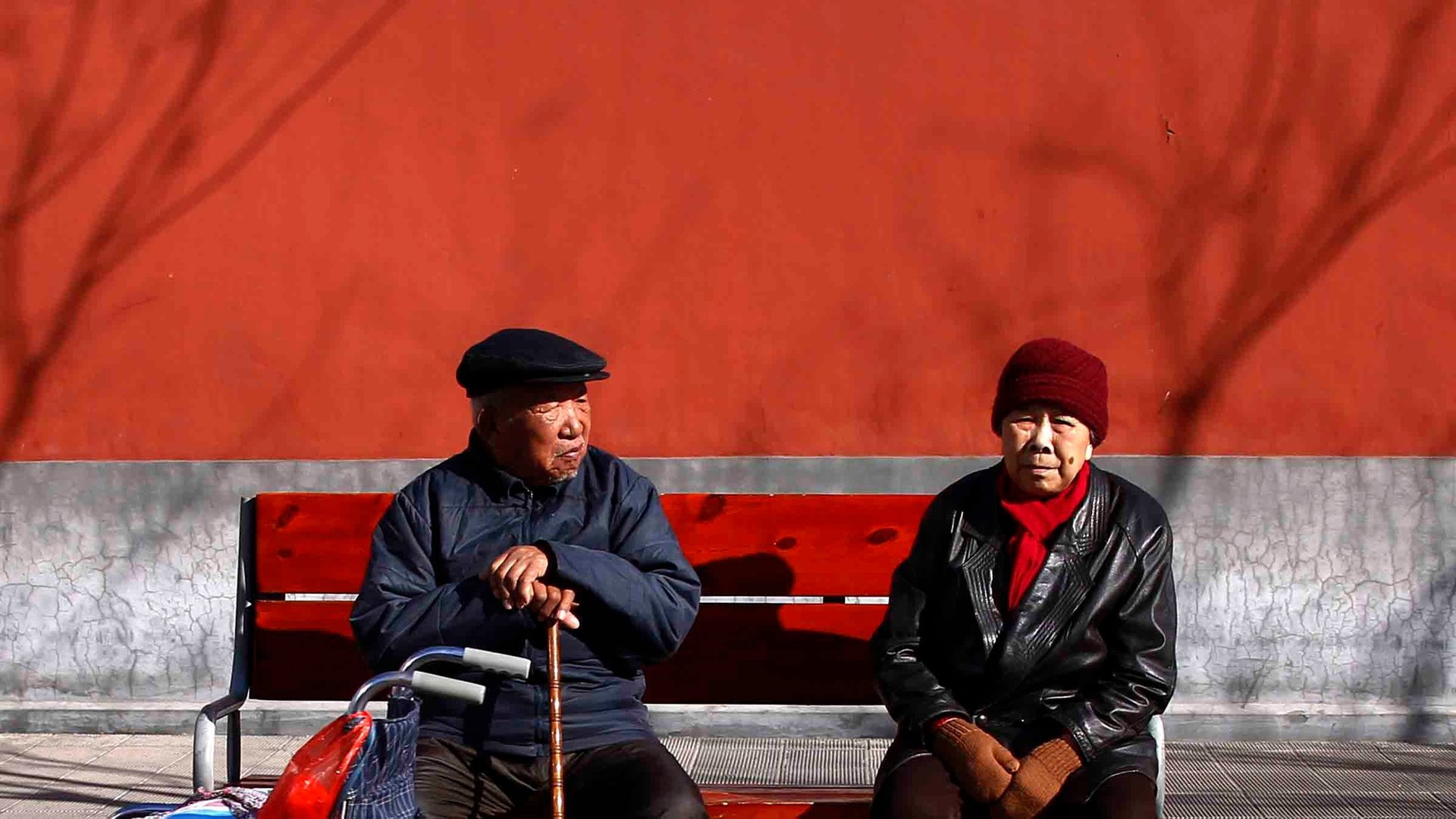China’s economy hasn’t grown this slowly since 1990
China’s economy grew by 6.9% in 2015 according to official figures released today (Jan. 19). That’s down from 7.3% a year earlier and well below the average 10.1% annual growth experienced in China’s boom period that stretched from the early 1980s to 2010.


China’s economy grew by 6.9% in 2015 according to official figures released today (Jan. 19). That’s down from 7.3% a year earlier and well below the average 10.1% annual growth experienced in China’s boom period that stretched from the early 1980s to 2010.
The low figure was no surprise, given China’s inevitable eventual slowdown, and it hit the government’s target of “around 7%.”
The last time the Chinese economy grew this slowly was in both 1989 and 1990. The poor performance then was largely due to sanctions imposed on the country after the Tiananmen massacre. To find ‘organic’ growth this low, you’d have to go back 34 years, to 1981.
Still, plenty of analysts are wondering what China’s “true” GDP growth was for 2015, given the evidence that China publishes misleading data. Even when growth appears to be shrinking, no one believes China’s numbers.
What does a lower growth rate (whatever it actually is) mean for China, and the rest of the world? It adds fresh pressure on the government to make sure it develops a strong service industry, to balance China’s declining heavy industries. And for the rest of the developing world, that could mean weaker currencies, fewer exports, and slower growth too.